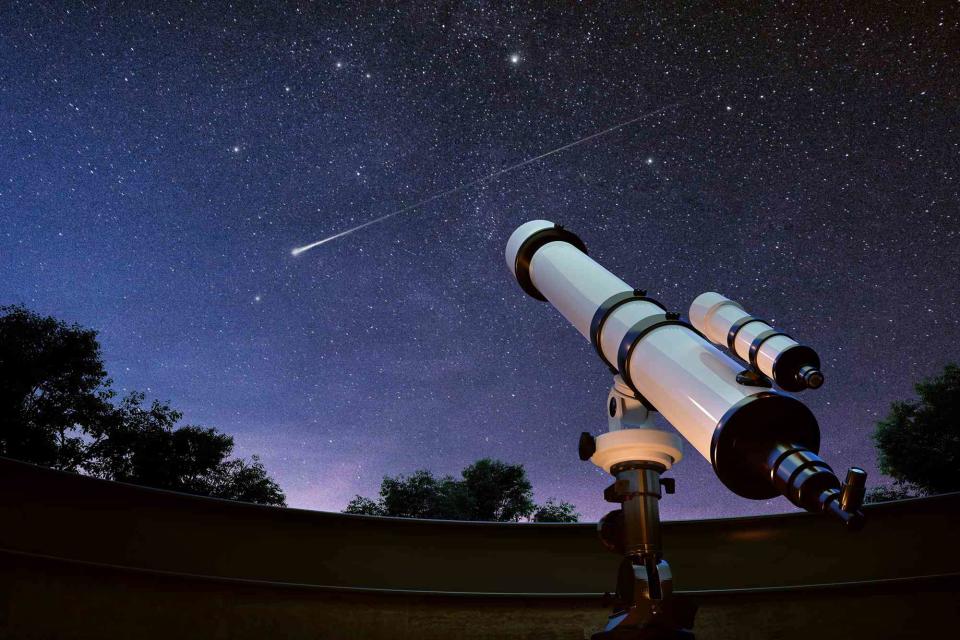You Can Spot Saturn in the Sky Tomorrow Morning — Here's How
Set your alarm!

Ninoon/Getty Images
After a month in hiding — rather, being washed out by a conjunction with the sun — Saturn will become easier to spot in the night sky this week.
According to Adler Planetarium, stargazers can look for the ringed planet in the early morning hours, around 40 minutes before sunrise, on the east-southeast horizon on Friday morning. It will become increasingly visible and will travel higher in the sky. Look for a yellow-tinged dot above the horizon, or use apps like SkySafari to spot it.
To the naked eye, Saturn appears like a bright star, but view it through even a small telescope and you can spot its signature rings. (You can use a pair of stargazing binoculars to better see its yellow coloring, but most binoculars aren’t strong enough to show detail like the planet’s rings.)
You can spot Saturn with your naked eye, but it will look like a bright yellow star — not the ringed beauty millions admire on Hubble’s Instagram. To see its rings, you’ll need a stargazing telescope. According to Sky and Telescope, even small telescopes, such as a three-inch scope at 50x magnification, can show Saturn’s rings.
Stargazers aren’t the only ones with eyes on Saturn. NASA is spearheading a new mission, Dragonfly, to study Saturn’s icy moon — including potential evidence of past or present life. The mission will launch in 2027.
If a Saturn spotting’s on your bucket list, don’t wait long. According to Astronomy.com, it will become increasingly tough to see Saturn’s rings for the next few years as they “gradually narrow until they turn edgewise in 2025.”
This is the result of the planet’s tilt as well as our movement around the sun, per Cambridge.org. We won’t see the full breadth of the planet’s rings again until 2027.
For more Travel & Leisure news, make sure to sign up for our newsletter!
Read the original article on Travel & Leisure.

